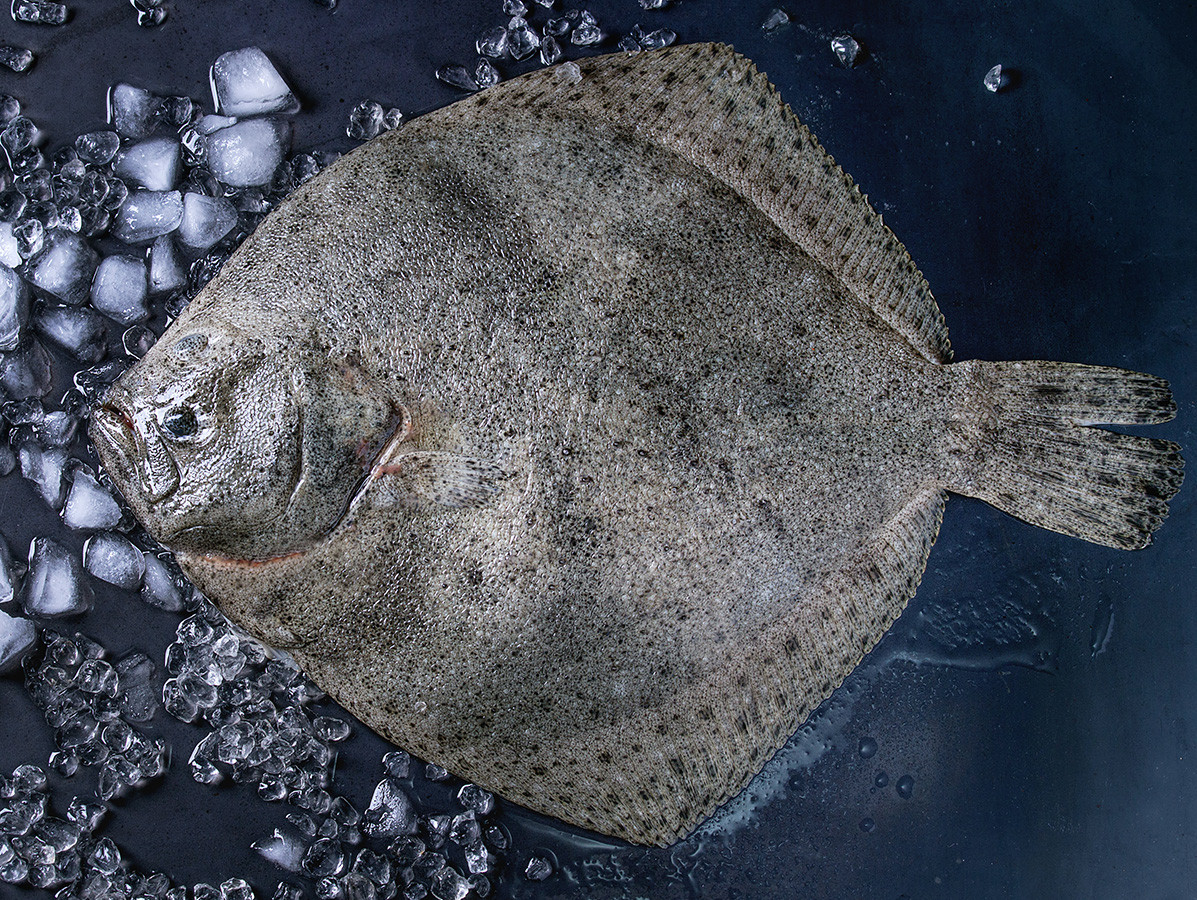
The Dutch cutter fishery suffers an estimated loss of EUR 20-30 million for the first eight months of 2022. Many cutters have been idle for long periods because fishing was expected to be unprofitable. Main reasons for the inactivity are high fuel prices, crew shortages and the waiting of cutter owners to rehabilitate in autumn 2022.
The year 2021 shows a provisional result of -3 million euros. In the years 2018, 2019 and 2020, the results were still +48, +9 and +5 million euros, respectively. Cutter crews are expected to have earned a significantly lower wage than in previous years because of the share-wage system in the fishery; the crew receives a fixed share of the net yield, which includes the much higher fuel costs. Fish and shrimp yield in the first eight months of 2022 was estimated to have increased by as much as €25 million compared to 2021 but costs rose much more sharply, resulting in more losses.
Ship deployment has been 25-30% lower compared to 2021. Many vessels were idle for longer periods. Cutter owners (flatfish vessels) are considering using the clean-up scheme, which is open for registration until the end of November 2022. Fish and shrimp landings declined considerably in 2022 so far. Almost 22% less was landed (-8 million kilos). The total volume came to almost 27 million kilos (down from over 34 million kilos).
The mediocre catches and landings of fish lead to concerns throughout the chain. If the restructuring of a large group of cutters actually continues, the question is whether the fish auctions and trading and processing companies will still be able to buy enough supply volume through the Dutch fish auctions to offer their production lines and staff sufficient work. There are also concerns about the increased use of space in the North Sea by other users and the image of fishing.
The supply of consumer mussels in the 2021/2022 season was slightly higher at 33 million kg (+2 million kg) than in the previous season. The average mussel price also rose this season, reaching €1.97 per kg (+37%). The higher price increased the value of mussels to almost €66 million (was over €45 million). The increased yield is likely to push the net result well above last season's €8 million.
Fish exports from the Netherlands continued to grow and their value reached €4.4 billion in 2021 (+13% compared to 2020). The supply of fish landed by Dutch vessels is decreasing, causing trading and processing companies to import more and more fish and become dependent on it.
Over the last year, costs are also rising sharply for trading and processing companies. Due to declining purchasing power in countries to which they export, there is a good chance this will have negative effects on the sale of fish products. Fish products may become too expensive, making people opt for cheaper high-protein products. Finally, international challenges in logistics increase costs.
Source: Wageningen University & Research